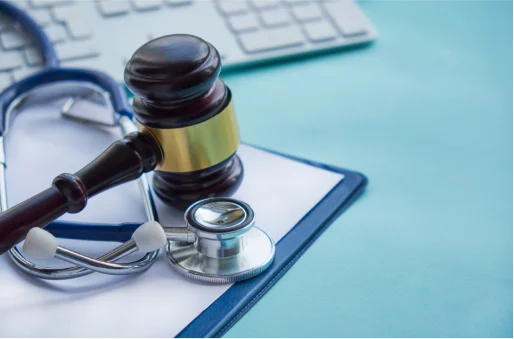
Navigating the medical licensure process can be a complex and time-consuming task, yet it is a crucial step for healthcare providers to legally practice medicine. Understanding the process not only ensures compliance but also helps prevent unnecessary delays that can affect your career and patient care. This guide aims to break down the essential steps involved in obtaining and renewing medical licenses, offering clarity for both new and seasoned healthcare professionals.
Understanding Medical Licensure
Medical licensure is a mandatory requirement for healthcare providers, granting them the legal authority to practice medicine within a specific jurisdiction. The process involves verifying a provider's educational background, clinical training, and competency to ensure patient safety and uphold healthcare standards. Depending on the state or country, the specific requirements may vary, but the core steps remain consistent.
Step 1: Preparing for the Application
The first step in obtaining a medical license is gathering all the necessary documentation. This typically includes your medical degree, transcripts, internship and residency details, and letters of recommendation. Many licensing boards also require you to pass a standardized medical examination, such as the United States Medical Licensing Examination (USMLE) or an equivalent test. It is crucial to review the requirements of the specific medical board you are applying to and ensure all paperwork is accurate and up-to-date.
Step 2: Submitting Your Application
Once you have compiled all required documents, the next step is to submit your application to the appropriate licensing board. This often involves completing a detailed online form and paying the necessary fees. Some boards may also conduct background checks to confirm there are no criminal records or ethical violations that could impact your eligibility. Double-check your submission for errors, as even minor mistakes can cause significant delays.
Step 3: Verification and Approval
After submission, the licensing board will review your application and verify your credentials. This process may include contacting your medical school, training hospitals, and previous employers to confirm the accuracy of your information. The timeline for approval can vary, ranging from a few weeks to several months. Some boards may request additional information or schedule an interview before granting the license. Once approved, you will receive your official medical license, allowing you to legally begin or continue your practice.
License Renewal and Maintenance
Securing a medical license is not a one-time event; it requires regular renewals to remain valid. Most licenses need to be renewed every one to three years, depending on the jurisdiction. Renewal often involves completing continuing medical education (CME) credits, paying a renewal fee, and submitting updated documentation. Staying on top of renewal deadlines is essential to avoid lapses that could disrupt your ability to practice.
Special Licenses and Certifications
Apart from a standard physician license, healthcare providers may also need additional certifications or specialized licenses. These may include:
- Telemedicine License:Required for those providing virtual consultations across state or national borders.
- DEA Certificate:Mandatory for prescribing controlled substances in the United States.
- CLIA License:Necessary for laboratories conducting diagnostic testing.
- CDS License:For handling controlled dangerous substances, often needed alongside a DEA certificate.
Understanding which licenses apply to your specific practice area helps ensure full compliance with healthcare regulations.
Final Thoughts
The medical licensure process may seem daunting, but with proper preparation and a clear understanding of each step, healthcare providers can navigate it smoothly. Keeping track of your documentation, adhering to deadlines, and staying informed about licensing requirements are key to maintaining your legal authority to practice. Whether you are a new graduate or an experienced practitioner, investing time in managing your licenses is a crucial aspect of a successful medical career.
By staying proactive and organized, you can focus on what matters most—delivering quality patient care.






